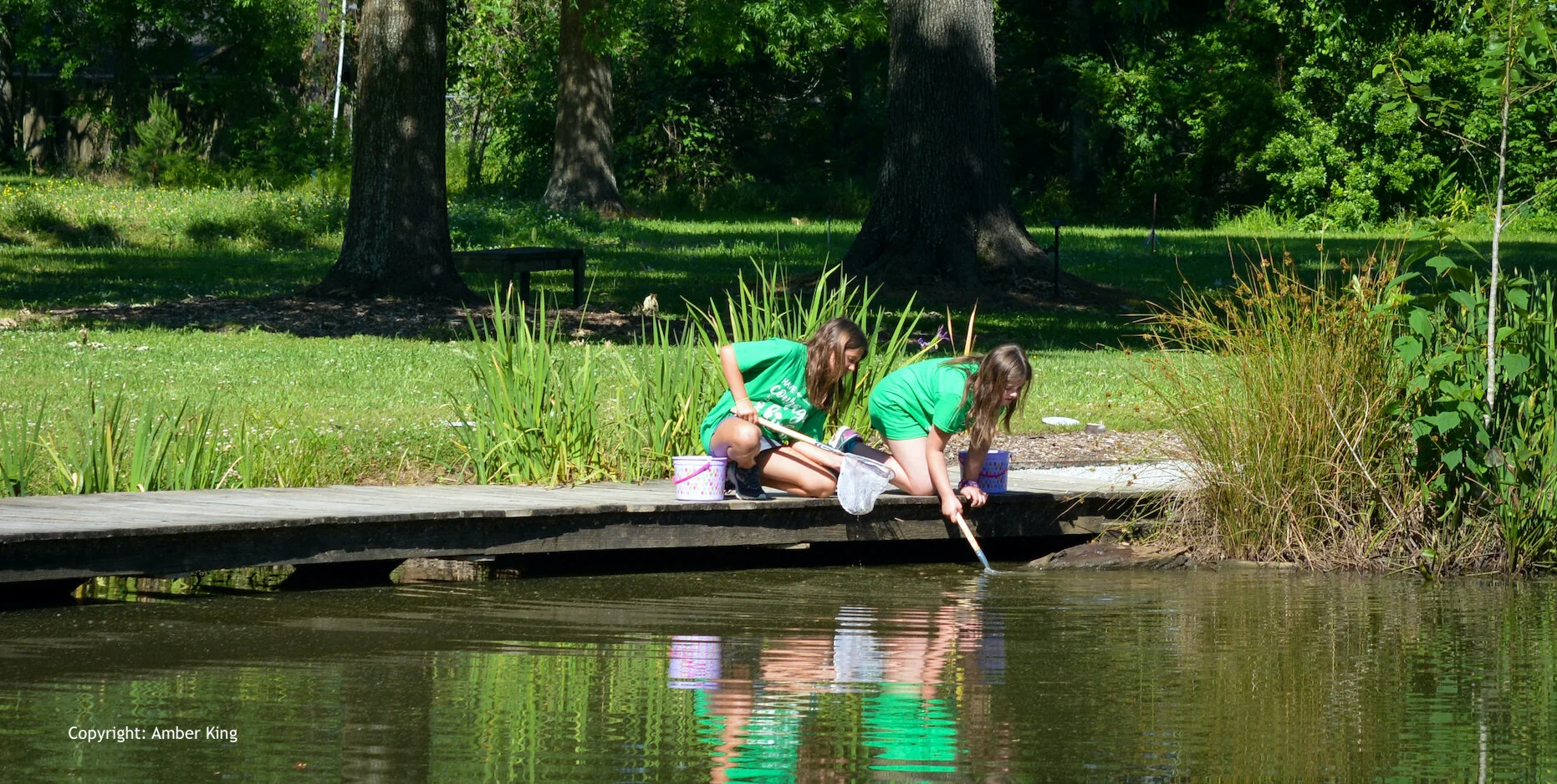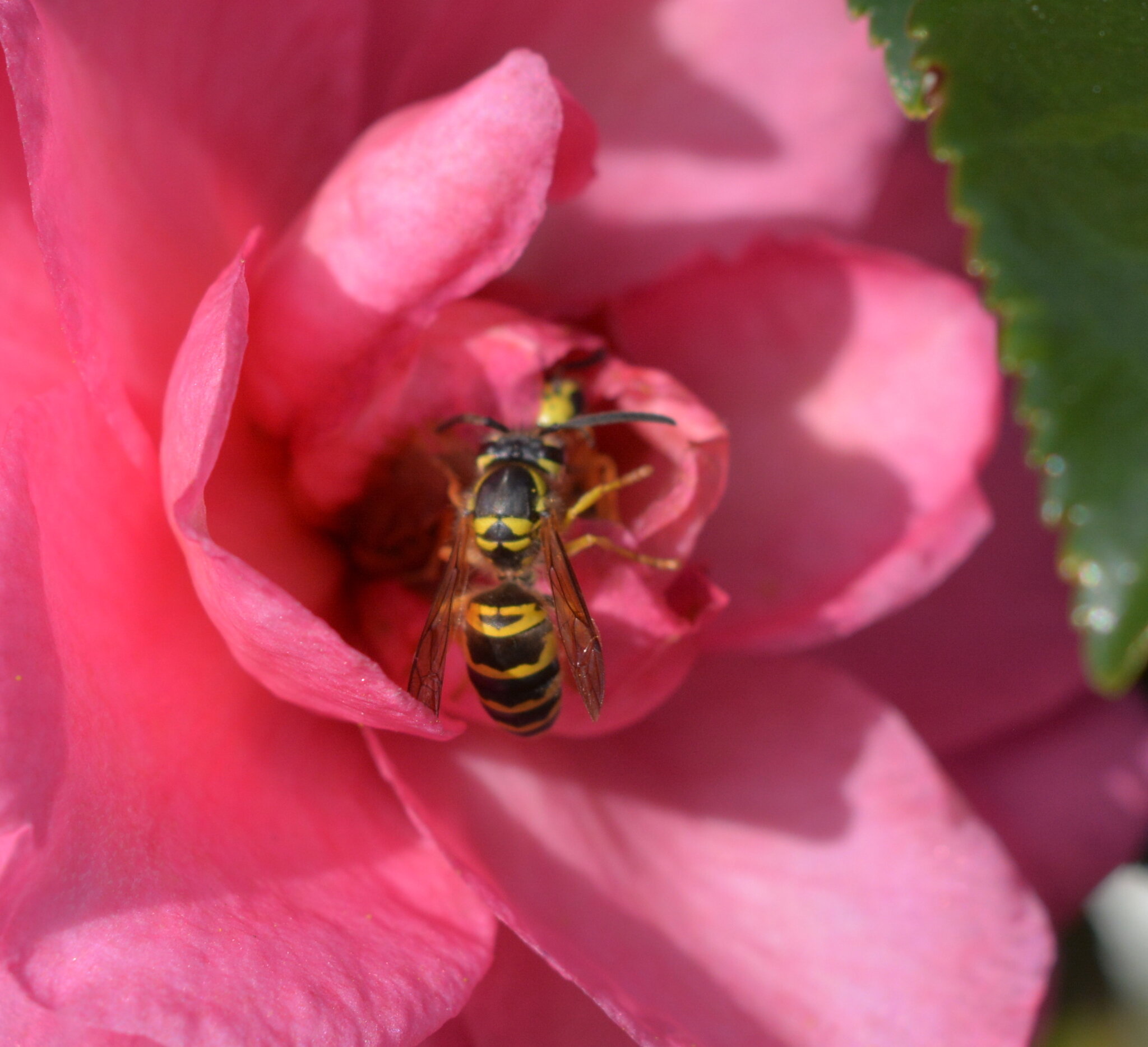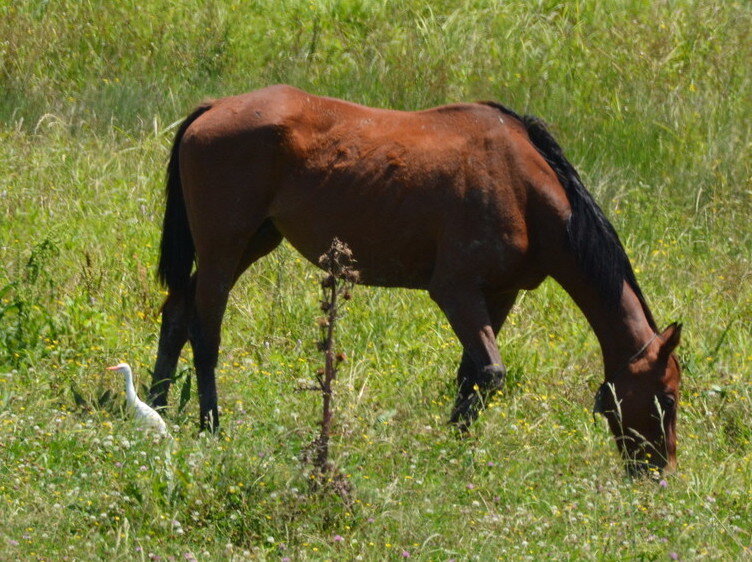Tips for good observations
Only wild organisms
People are tempted to post photos of their pets, landscape plants, or Mike the Tiger, however, if we brought them here or someone planted them, they are not wild.
But anything wild visiting them or living on them is fair game!
This Eastern Yellowjacket is wild and is a good observation. The Camellia plant would not make a good observation because it was planted.
One at a time
An observation is for one organism at one moment in time. If there are two organisms you want to identify in a photo, you will need to make two separate observations and use the same photo. You can include a comment in the observation to make it clear which one the observation is for.
But that doesn’t mean you can only upload one photo! Multiple photos of one organism at different angles in each observation is encouraged!
If you wanted to post observations for both the Eastern Tiger Swallowtail and the Buttonbush, they would need to be in two separate observations.
Find your angles
It is helpful to get multiple photos from different angles (if you can!) because this will help a lot with identification. Sometimes a critter has a very specific feature that you have to be able to see in the photo order to identify it or to differentiate it from a look-alike species.
For plants and trees, the first thing everyone sees is the pretty flowers or bark, but don’t forget that it is very helpful for identification to also get photos of the other parts, like the leaves, stem, buds, fruit, etc. plus anything unique like hairs or thorns. Especially the leaves!
For insects, it helps to see the antennae, wings, eyes, and the different colors and markings.
For birds, it is important to see the beak shape, and the different colors and markings on as many body parts as you can get!
The Crane-fly Orchid has purple on the underside of the leaves.
Narrow it down
It helps to crop your photo if the organism is small or if there is a busy background. This helps the artificial intelligence know exactly where to “look” in the photo.
This Speckled Renia Moth is extremely camouflaged!
Fingers and scale
Don’t be shy about including your fingers, hand, object, or a ruler in a photo. If you are having problems getting your camera to focus on a small critter, try putting your hand or finger in the photo close to it – it helps! Your fingers also help to show the size of the organism. You can include a description of the size or measurements in the comments as well.
You can see how tiny the flowers of the Black Snakeroot plant are with fingers in the photo. Plus it helped the camera focus on the plant instead of the busy background.
Be Careful
As always with nature outings, use the buddy system, do not disturb wildlife, stay on the trails, be aware of your surroundings and potential hazards, hydrate and wear appropriate protection!
Please follow the “Leave No Trace” principals and maintain proper social distancing.
A family enjoying the trail at Bluebonnet Swamp Nature Center.
Comments
iNaturalist is a community of users, so you can include comments in your observations. This is helpful to point something out in your photo, describe behavior you observed, provide measurements, ask a question, or to clarify which organism the observation is for if there are multiple organisms in it.
Cattle Egrets (great observation) love to forage near domestic animals (not wild, so not good for iNaturalist), so in this case a comment would be a good way to clarify that the observation is for the wild bird in the bottom left corner. (Or you could crop the photo.)







